Imagine standing in a bustling market thousands of years ago, surrounded by the sharp scent of herbs, the clang of copper pots, and the chatter of healers promising relief for pain and illness. Now jump ahead to today, where scientists in sparkling white labs still scratch their heads at some of those same ancient remedies. Isn’t it wild that, in all our modern wisdom, we still reach for cures our ancestors trusted—and sometimes, we have no clue why they actually work? The world of medicine is full of mysteries, and perhaps nothing is more humbling than realizing that the answers to some of our biggest health questions may be hiding in the past, scribbled on parchment or whispered through generations. Let’s pull back the curtain on these time-honored treatments that defy modern explanation, and discover why so many people, from rural villagers to city dwellers, still swear by them today.
Willow Bark: The Original Pain Reliever
Long before aspirin became a household name, people chewed on willow bark to soothe headaches, fevers, and aches. Ancient Egyptians and Greeks used it for its uncanny ability to dull pain, and Native Americans brewed it into teas. Today, we know willow bark contains salicin—a compound similar to what’s in aspirin. But here’s the twist: some people find willow bark works when aspirin doesn’t, and scientists can’t fully explain why. There’s talk of unique plant compounds working together in ways we haven’t mapped out yet. The bark’s powers seem to be greater than the sum of its parts, a botanical mystery that continues to puzzle researchers. Even now, you can find willow bark extracts in health stores, proof that some old habits die hard.
Honey: Nature’s Sweetest Healer
Picture a time when antibiotics didn’t exist, and a simple cut could be deadly. For centuries, honey has been slathered on wounds to fight infection and speed healing. It’s sticky, golden, and packed with enzymes. Modern science knows honey can kill bacteria, yet there’s more to the story. Some honeys, like Manuka, work against superbugs that shrug off our strongest antibiotics. Why? That’s still not clear. The blend of sugars, acids, and unknown factors seems to create a hostile world for germs. People keep returning to honey, not just for its taste, but for its astonishing, unexplained healing touch.
Leeches: Bloodsucking Miracle Workers

If you shudder at the thought of leeches, you’re not alone. Yet, these slippery creatures have saved countless limbs and lives. Ancient healers believed they balanced the body’s “humors,” but today, leeches are used in microsurgery to restore blood flow after skin grafts or reattachments. Their saliva is a cocktail of enzymes that thin blood and prevent clots. Oddly, patients treated with leeches often heal better than those who don’t, even when doctors expect otherwise. There’s speculation about immune responses and tissue regeneration, but the full picture remains murky. Sometimes, the answer is just to trust the leech.
Acupuncture: Needles with Mysterious Power
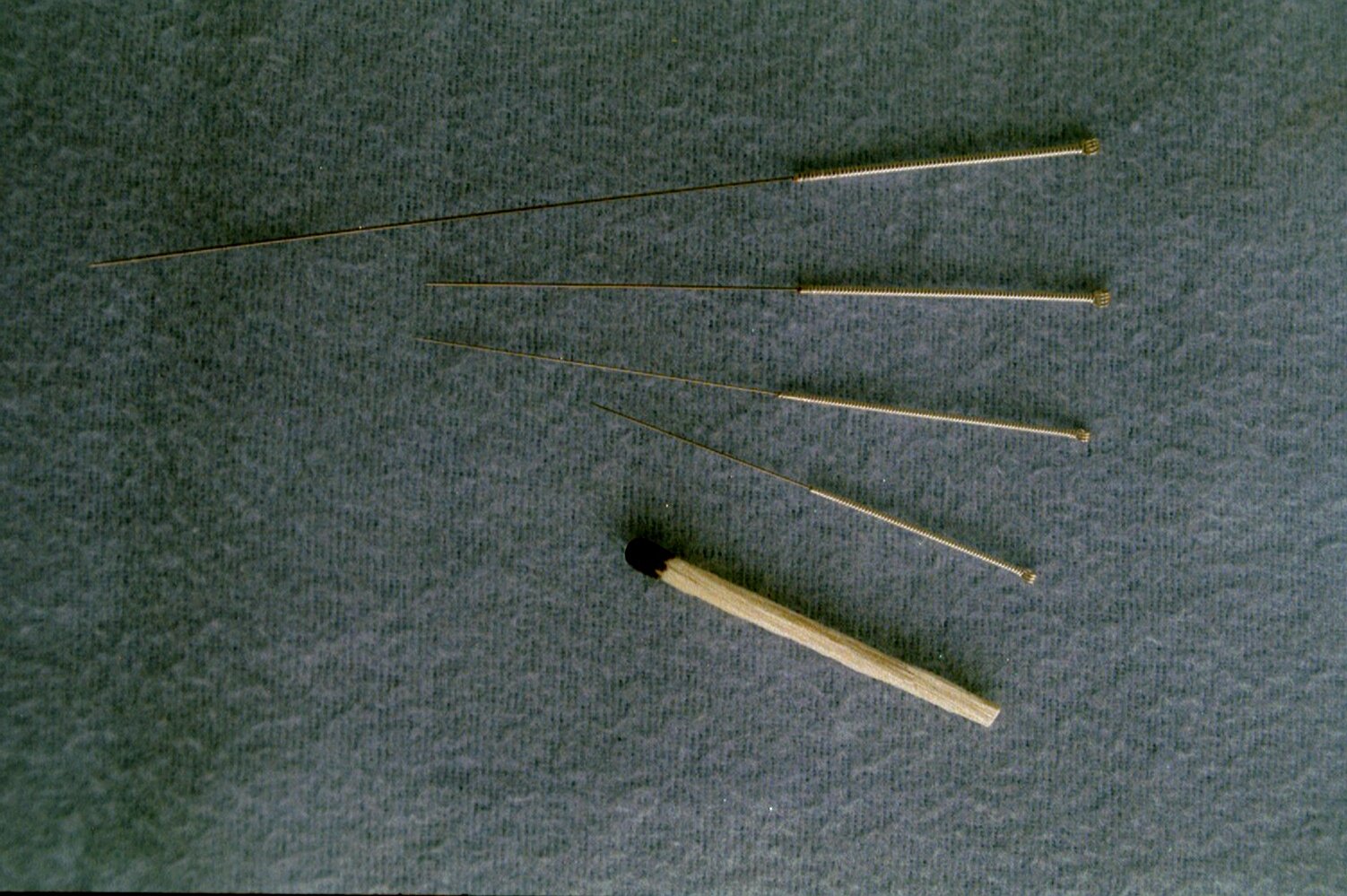
For over two thousand years, acupuncture has been a cornerstone of Chinese medicine. Tiny needles are placed at specific points in the body to relieve pain, stress, and even nausea. Millions swear by it, and some studies show real benefits. Strangely, many effects can’t be traced to any clear biological mechanism. Placebo? Maybe, but even skeptics report relief. Brain scans show changes during acupuncture that we don’t fully understand. It’s as if the body’s wiring has secret switches only these needles can flip, leaving modern medicine both impressed and mystified.
Ayurvedic Oil Pulling: Swish and Spit for Health
Imagine starting your day swirling a mouthful of coconut or sesame oil for twenty minutes. This ancient Indian practice, called oil pulling, promises whiter teeth, fresher breath, and even detoxification. While some dentists scoff, millions of people claim dramatic results. Clinical trials show it can reduce harmful bacteria, but how? Oil pulling seems to draw out toxins, though the exact science is fuzzy. The ritual itself, meditative and soothing, might play a role in its mysterious effectiveness.
Garlic: The Stinky Shield Against Illness
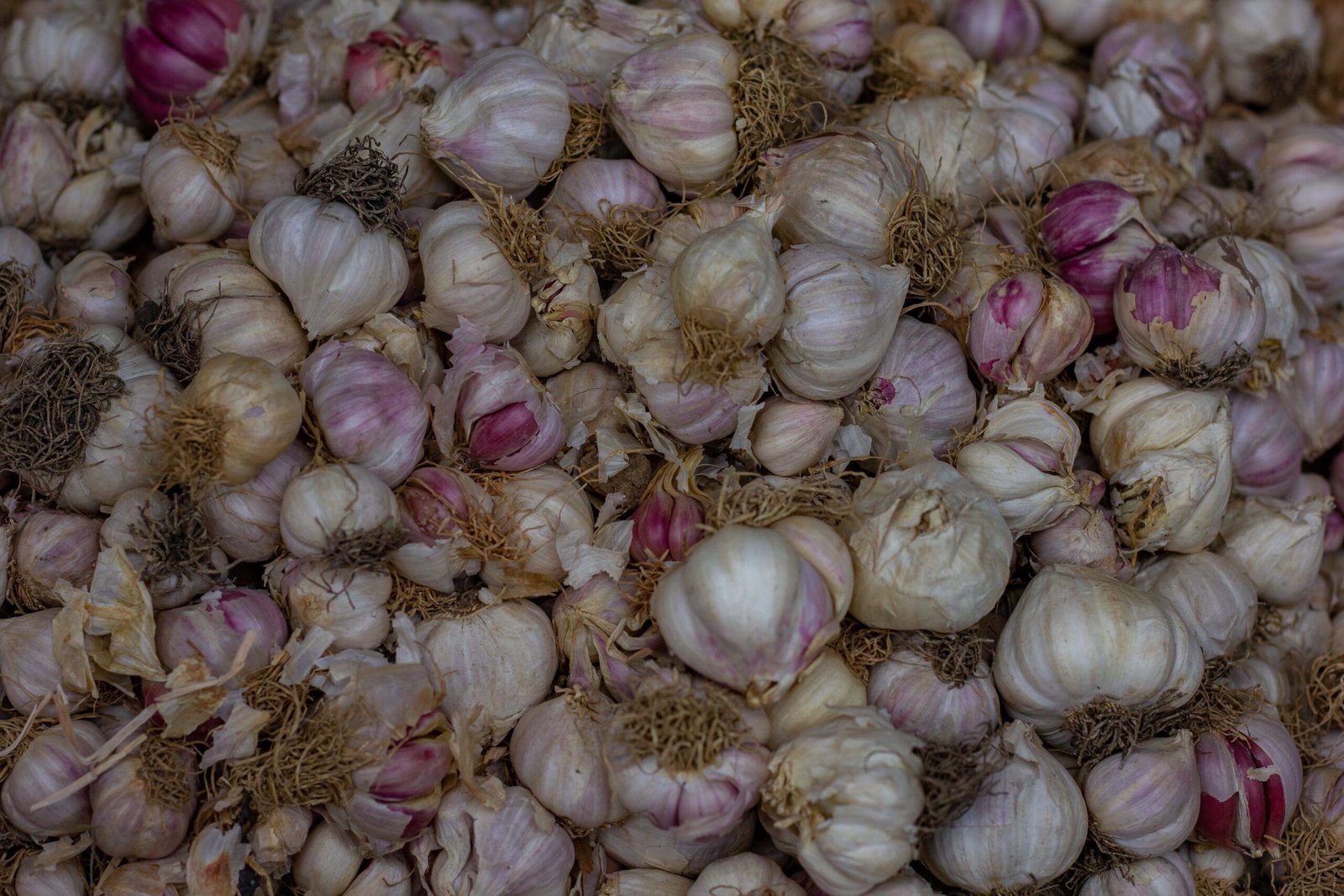
Garlic has spiced up kitchens and medicine cabinets for thousands of years. Ancient Egyptians gave it to pyramid builders for strength, and during the Black Plague, people carried garlic to ward off sickness. Modern studies confirm garlic can fight bacteria, viruses, and even some fungi. What’s baffling is that its power goes far beyond allicin, its most famous compound. Whole garlic seems to work better than extracts, hinting at secret ingredients still undiscovered. Many families rely on garlic tea or raw cloves to kick colds faster than modern meds.
Hot Springs: Soaking Away Pain
From Japan’s onsens to Iceland’s geothermal pools, hot springs have drawn seekers of health and happiness for millennia. Bathing in these mineral-rich waters is said to relieve arthritis, soothe skin, and lift spirits. Science can measure some effects—like increased circulation and mineral absorption—but many benefits remain a mystery. People with chronic pain often find relief they can’t explain. Some think it’s about heat and minerals, others say it’s the atmosphere and ritual. Either way, hot springs continue to be a destination for those desperate for relief.
Turmeric: The Golden Root with Hidden Depths

Turmeric, the bright yellow spice in curry, has been used in India for over 4,000 years as both food and medicine. It’s famed for its anti-inflammatory powers, and modern research supports this. Yet, when scientists isolate curcumin (the main active compound), the results are less impressive than when turmeric is used whole. There’s something happening when all the root’s chemicals mingle together—a synergy we can’t fully explain. Many chronic pain sufferers and those with autoimmune diseases swear by daily turmeric, even when conventional treatments fail.
Cupping: Ancient Bruise Therapy
Olympic athletes covered in purple circles brought cupping back into the spotlight, but this therapy dates back to ancient Egypt and China. Heated cups placed on the skin create suction, drawing blood to the surface. Fans claim it eases muscle pain, boosts circulation, and even treats lung issues. While some studies show benefits, no one’s quite sure how it works. The marks it leaves look dramatic, but the real drama is in the mystery: does it really “pull out toxins,” or is something else at play? Whatever the reason, people keep coming back for more.
Fermented Foods: Gut Health Through the Ages
Long before refrigeration, fermentation was the secret to preserving food—and, it turns out, to good health. Sauerkraut, kimchi, yogurt, and kefir are just a few ancient ferments still loved today. Modern research is starting to uncover the link between gut bacteria and everything from immunity to mood. But why fermented foods seem to boost health in ways probiotics alone can’t is still unclear. It’s possible the combination of live bacteria, acids, and unique compounds in traditional recipes works a kind of magic we haven’t decoded yet.
Bone Broth: Warm Comfort, Timeless Cure
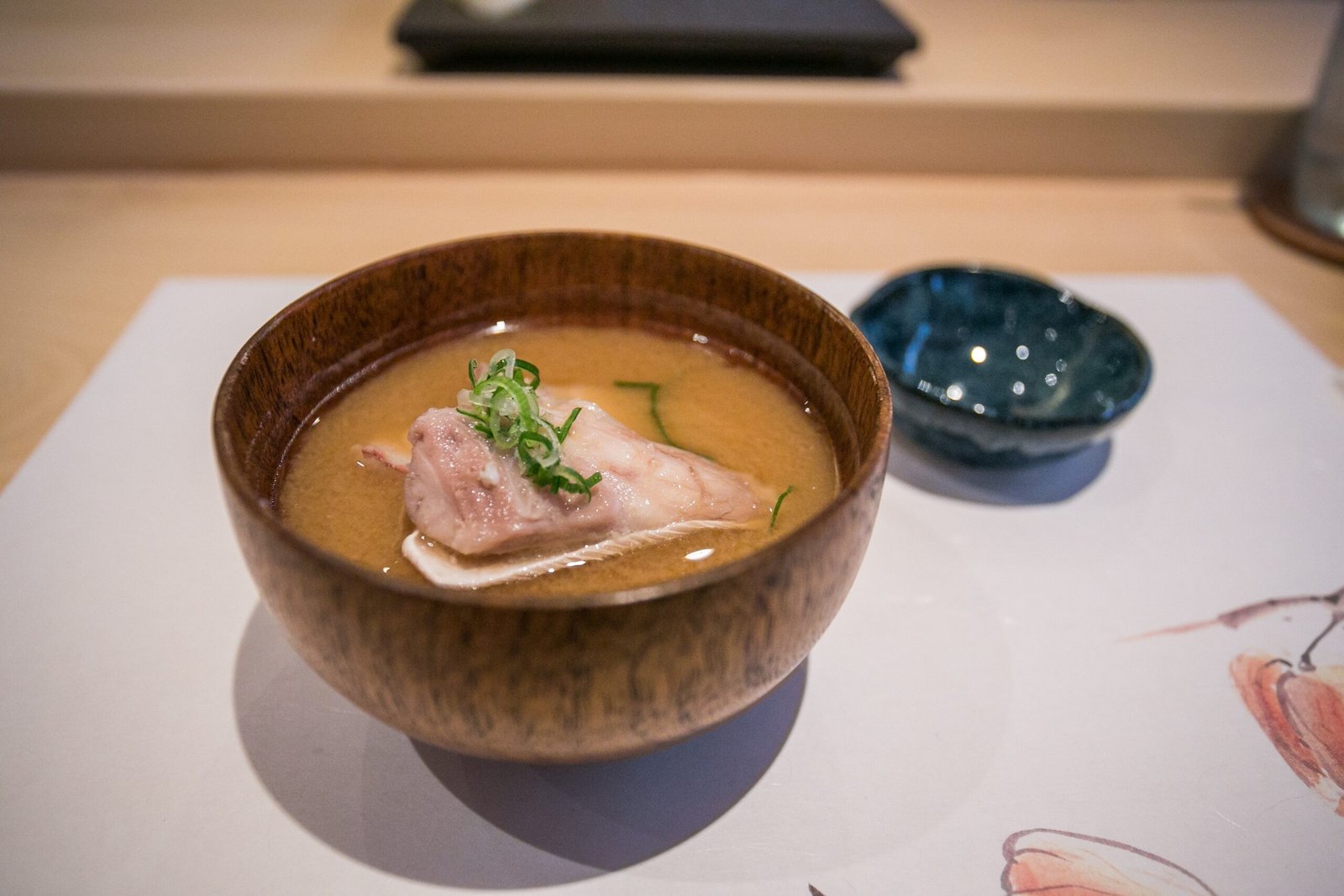
Grandmothers everywhere insist on bone broth for colds, and ancient healers prescribed it for everything from digestion to joint pain. Simmering bones for hours releases minerals, collagen, and amino acids. People claim it soothes the gut, strengthens the body, and even heals the soul. While science can measure some nutrients in bone broth, the full spectrum of benefits remains mysterious. Some call it placebo, others swear it’s saved them from chronic illness. Maybe it’s the ritual, the warmth, or something deeper simmering in every bowl.
Black Salve: The Controversial Skin Remedy
Black salve, made from bloodroot and other herbs, has been used for centuries to treat skin lesions and infections. Folk healers believed it could “draw out” disease. While modern medicine warns against its dangers, stories persist of black salve curing stubborn warts and even some cancers. The exact mechanisms, if any, remain a hotly debated mystery. Some say it activates immune responses we don’t understand, while others chalk it up to folklore. Still, curiosity about black salve refuses to fade.
Moxibustion: Burning Herbs for Healing
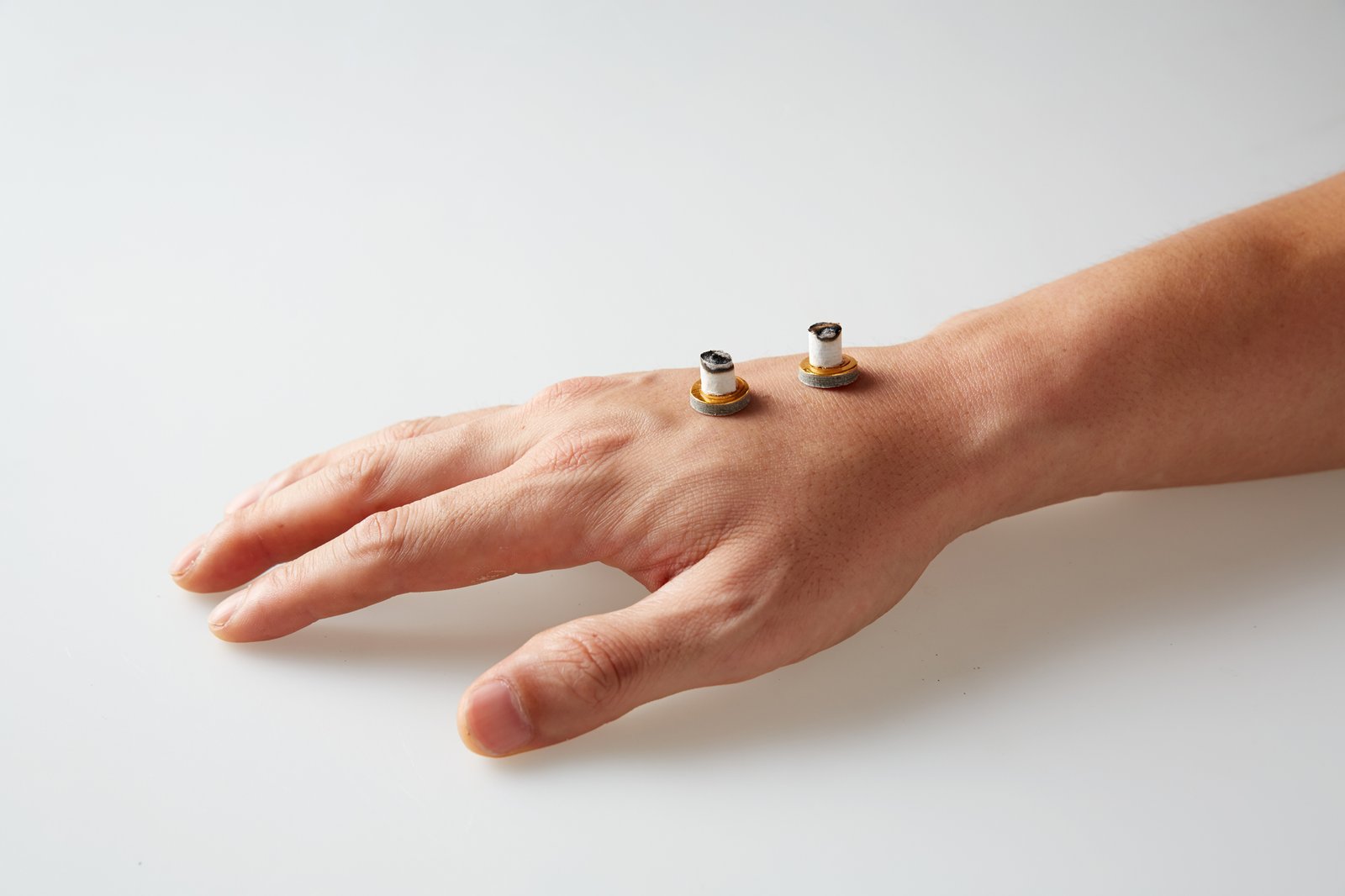
In traditional Chinese medicine, practitioners burn dried mugwort near the skin, believing the heat stimulates energy flow. This therapy, called moxibustion, is said to boost immunity, ease pain, and even turn breech babies. Some studies show moxibustion can improve outcomes, but how is still up for debate. Is it the heat, the smoke, or something more mysterious? Patients continue to seek it out, especially when conventional options fall short.
Mustard Plasters: Warming Up Old Remedies
A simple mix of mustard powder and flour, spread on a cloth and placed on the chest, has soothed coughs and colds for generations. The heat from mustard plasters brings relief, but sometimes the benefits go beyond what science can explain. Some people report feeling dramatically better after just one treatment. Theories include increased circulation and muscle relaxation, but the real magic may lie in the pungent aroma and the comforting ritual handed down through families.
Frankincense: Sacred Resin, Mysterious Relief

Frankincense, the aromatic resin from Boswellia trees, has been burned in temples and mixed into medicines since biblical times. Used for pain, inflammation, and even anxiety, frankincense is still popular today. While some compounds have shown anti-inflammatory effects in labs, the whole resin seems to work better than extracts. The reason? Still unknown. Some users describe a sense of peace and healing that goes beyond what science can measure, hinting at mysteries waiting to be unlocked.
Psychedelic Plants: Ancient Visions, Modern Curiosity
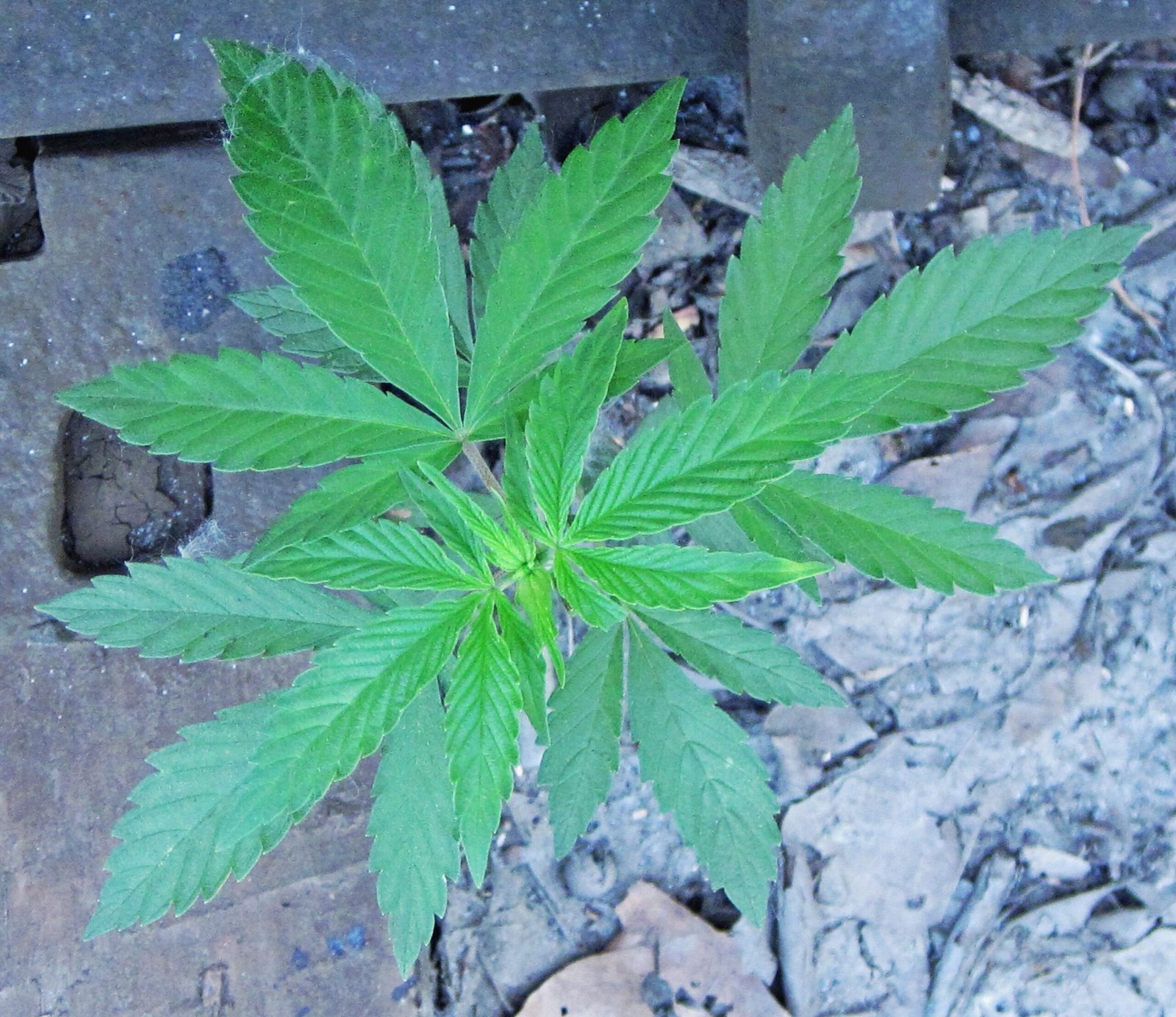
Shamans and healers across continents have used plants like ayahuasca, peyote, and psilocybin mushrooms for spiritual and therapeutic journeys. Today, these plants are at the center of research into treating depression, PTSD, and addiction. While some effects are linked to changes in brain chemistry, the long-lasting benefits—like personal insight and emotional healing—still baffle scientists. Ancient rituals seem to unlock something in the mind that science can’t yet explain, leading many to seek answers in the wisdom of the past.
Wet Cupping (Hijama): Bloodletting’s Last Stand
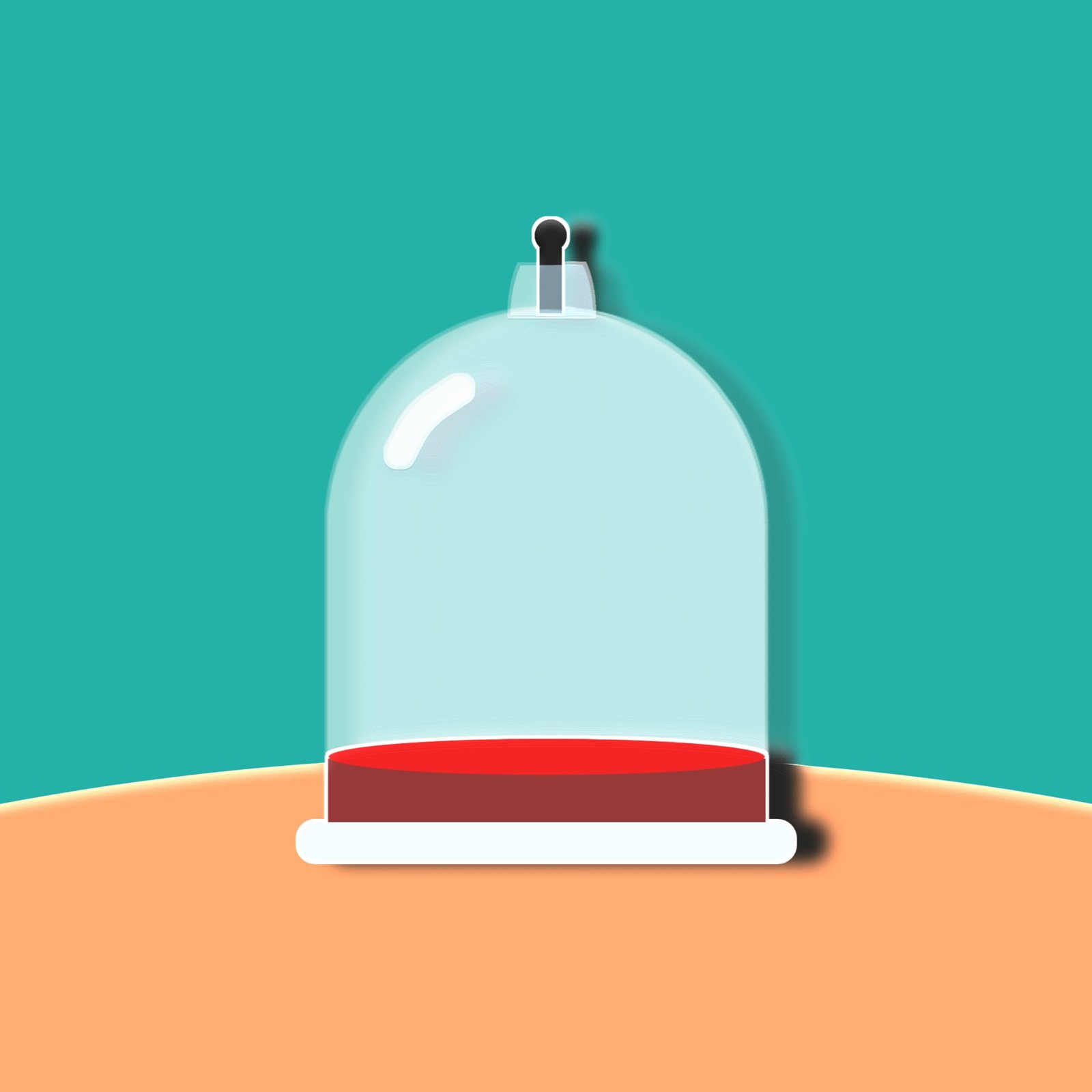
Wet cupping, or hijama, involves making small cuts and drawing out blood with suction cups. Practiced in the Middle East for centuries, it’s believed to remove “bad blood” and restore balance. While bloodletting has vanished from most medical playbooks, hijama devotees report relief from migraines, back pain, and even high blood pressure. Scientific studies struggle to find consistent explanations, yet anecdotes of miraculous recoveries keep this practice alive in many communities.
Castor Oil: The Multipurpose Ancient Elixir
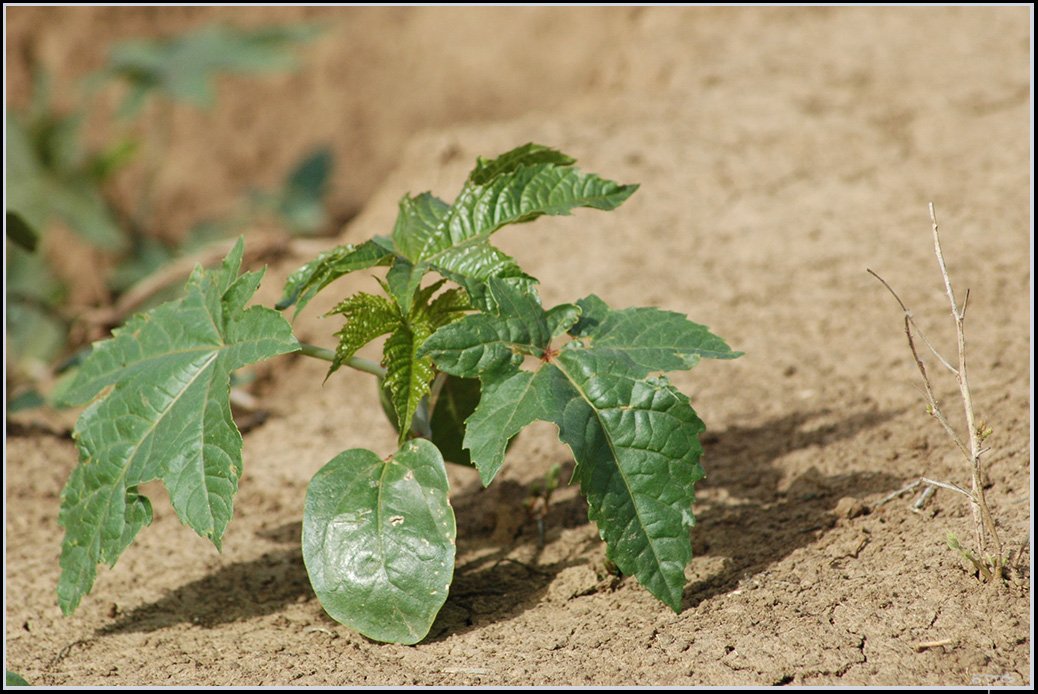
Castor oil, squeezed from the seeds of a tropical plant, has been a go-to cure for constipation, skin ailments, and even labor induction. Ancient Egyptians prized it for its healing powers, and it’s still found in home remedies around the world. While its laxative effect is understood, castor oil packs applied to the skin seem to relieve pain and inflammation in ways science can’t quite pin down. Some say it stimulates lymph flow, but the real reason remains elusive, keeping castor oil a staple in folk medicine.
Maggot Therapy: Creepy Crawlers That Clean Wounds
It sounds like something out of a horror movie—placing live maggots in wounds to eat away dead tissue. Yet, this treatment saved lives in ancient battlefields and is still used in modern hospitals. Maggots not only clean wounds but seem to speed healing and fight infection better than some drugs. Scientists know they secrete special enzymes, but the full story of why healing is often faster and cleaner with maggots is still being unraveled. Sometimes, nature’s most unlikely helpers provide the greatest surprises.
Herbal Steam Inhalations: Breathing Ancient Wisdom
For chest colds and sinus woes, many cultures turn to steam inhalations with herbs like eucalyptus, thyme, or mint. The steam opens airways, and the aromatic oils seem to calm coughs and loosen mucus. While some benefits are easy to measure, others—like the almost instant feeling of relief—defy simple explanation. Some believe the ritual itself amplifies the effect, creating a powerful mind-body connection that modern medicine is only beginning to appreciate.
Closing Reflection
Across continents and centuries, these ancient cures remind us that healing isn’t always straightforward. Even as science races forward, it’s humbling to realize how much remains unsolved. Maybe it’s the wisdom of our ancestors, the power of belief, or secrets hidden in nature’s chemistry that keep these remedies alive. Next time you reach for honey, turmeric, or even a humble cup of herbal tea, consider this: perhaps the most extraordinary cures are the ones we can’t fully explain. What ancient mystery are you willing to try?



